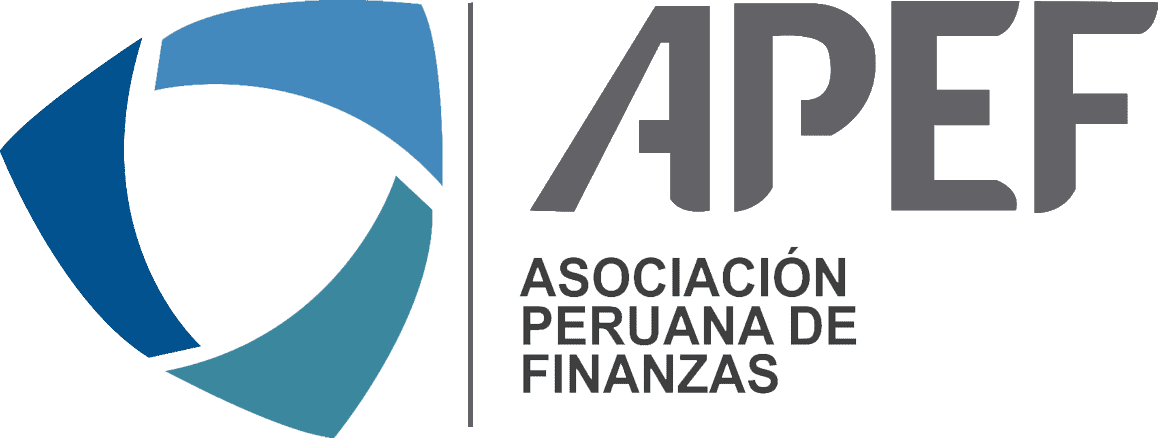We keep our ear to the ground for the interesting stats, insights and discussion points you need to feel in the know.
1. The workplace potential of the ‘blocky sandbox’ game

What if there was a way to make workplace training genuinely engaging? EY has teamed up with the world’s bestselling game, Minecraft, to do exactly that. In 2023, the “blocky sandbox game” (as defined by Minecraft themselves) became the first individual video game to sell more than 300 million copies worldwide, surpassing rival Grand Theft Auto V – which had sold 185 million copies as of August 2023. The idea behind this partnership is to reimagine work experiences for Gen Z; a generation who are particularly comfortable in virtual worlds. By designing compelling learning experiences in a world they already know and love, new employees could settle in more quickly and subsequently become more fulfilled and productive. The results are positive so far. 83% of users gave the learning experience the highest possible score, even though three-quarters had never even played Minecraft before. Knowledge retention was an amazing 95% – compared with just 40%-45% with conventional video-based learning courses. The experience could also support people who suffer unconscious bias or even discrimination, whether it’s being ignored in meetings, overlooked for promotions, or struggling with dyslexia…
How minecraft education is helping EY reimagine workplace learning for GenZ
2. Modernization must start today

Digital tech such as GenAI has the power to make life easier in countless ways. It could also radically change how governments operate, redefining the words “government service”. Take water infrastructure for example. There was a time when the problem of a lack of safe drinking water did not exist in the US. That is no longer the case, as several larger communities have struggled through issues with their water systems. Other communities are confronting the possibility that at some point, there won’t be enough water due to prolonged drought conditions. This has given rise in the US to the concept of Day Zero – the projected point at which water faucets will indeed run dry. The modernization required in water is not just in the realm of data and IT. It is about a revolution in how states, and even multistate regions defined by water geography, will act collectively. Our system of water infrastructure maintenance that has sufficed for the past 100 years – a highly distributed mesh of municipal water districts – may not be able to support larger regional water challenges. With a massive change needed and a crisis date looming sooner and sooner, modernization needs to start today…
5 modernizations transforming government for a lasting legacy
3. Will GenAI replace jobs?

Technological progress has long sparked fears of machines taking over and making jobs redundant. We’ve seen it throughout history. Whilst technology has transformed work – replacing some jobs while creating new ones – unemployment due to technology has not yet materialized. However, there is one thing reigniting these concerns. Generative AI (GenAI). But how could the technology affect the labor market? According to a recent macroeconomic article by EY-Parthenon, there’s more myth than reality to fears of GenAI taking over low-skilled jobs. GenAI’s knack for executing complex cognitive tasks could be a game-changer, not a job-ender. It’s important to highlight that rather than replacing human workers, GenAI will serve as a powerful tool to augment and evolve roles, enhancing the productivity and capabilities of employees across various sectors. Take roles that involve repetitive, data-intensive tasks for example, such as scheduling, reviewing, designing and coding. GenAI could have a significant impact here. Meanwhile roles that require a high degree of human interaction like empathy, creativity and judgment are less likely to be impacted. Gregory Daco shares more…
The impact of GenAI on the labor market
4. How marketing functions can succeed

What it takes to succeed as a marketing function looks substantially different these days. Key challenges for marketeers include steep customer expectations, the emergence of new marketing channels and abundant, ever-expanding data. On top of that, expectations such as driving efficiencies in cost and agility have never been higher. Plus, a poorly designed or misaligned marketing model can have implications beyond marketing, impacting an organization’s overall effectiveness and success. Without intention, the marketing function can also sometimes slip into a supporting or operational role, where its true potential is lost. This pressure leaves many CMOs feeling overwhelmed. But it’s not all doom and gloom. There are plenty of ways CMOs can help their organizations to compete and win in the market. Recently, CMOs have been building and scaling their organization in these areas…
5 ways CMOs can create an agile operating model for sustainable growth
5. Time to tango

Economic forecasting is difficult, often wrong and begs the question, is it worthwhile? According to Cherelle Murphy, EY Oceania Chief Economist, yes. It helps businesses make decisions about capital allocation, borrowing, staffing levels, and wage rates. But to get the most out of their economic advisers, business leaders and decisions makers need to tango a little. Ask the economic forecasters, which convictions are held strongly, and which are at best a 50/50? Where have the steps not been fully rehearsed? Which part of the story holds the drama? Where is the conviction? Only by seeking that kind of feedback can the dance be wholly interpreted. So, what should businesses be questioning this year? Cherelle tells us more…

